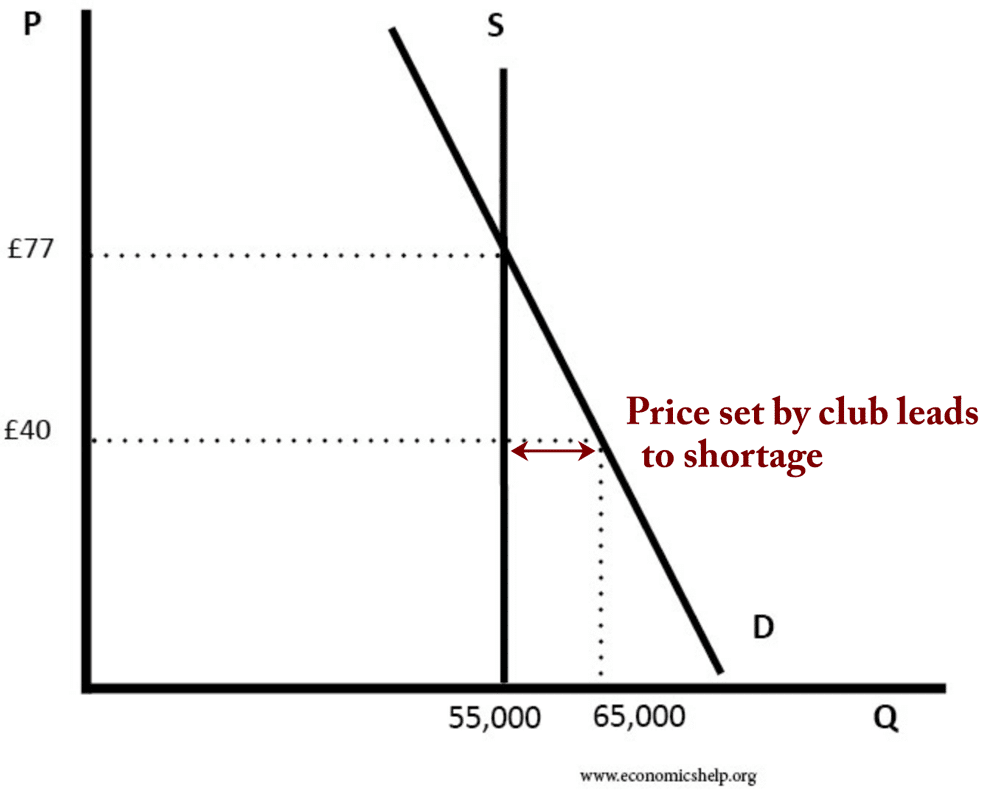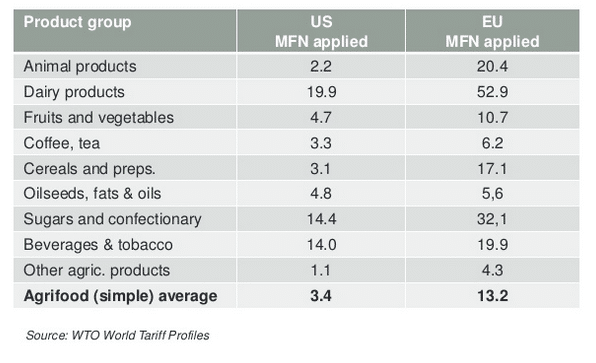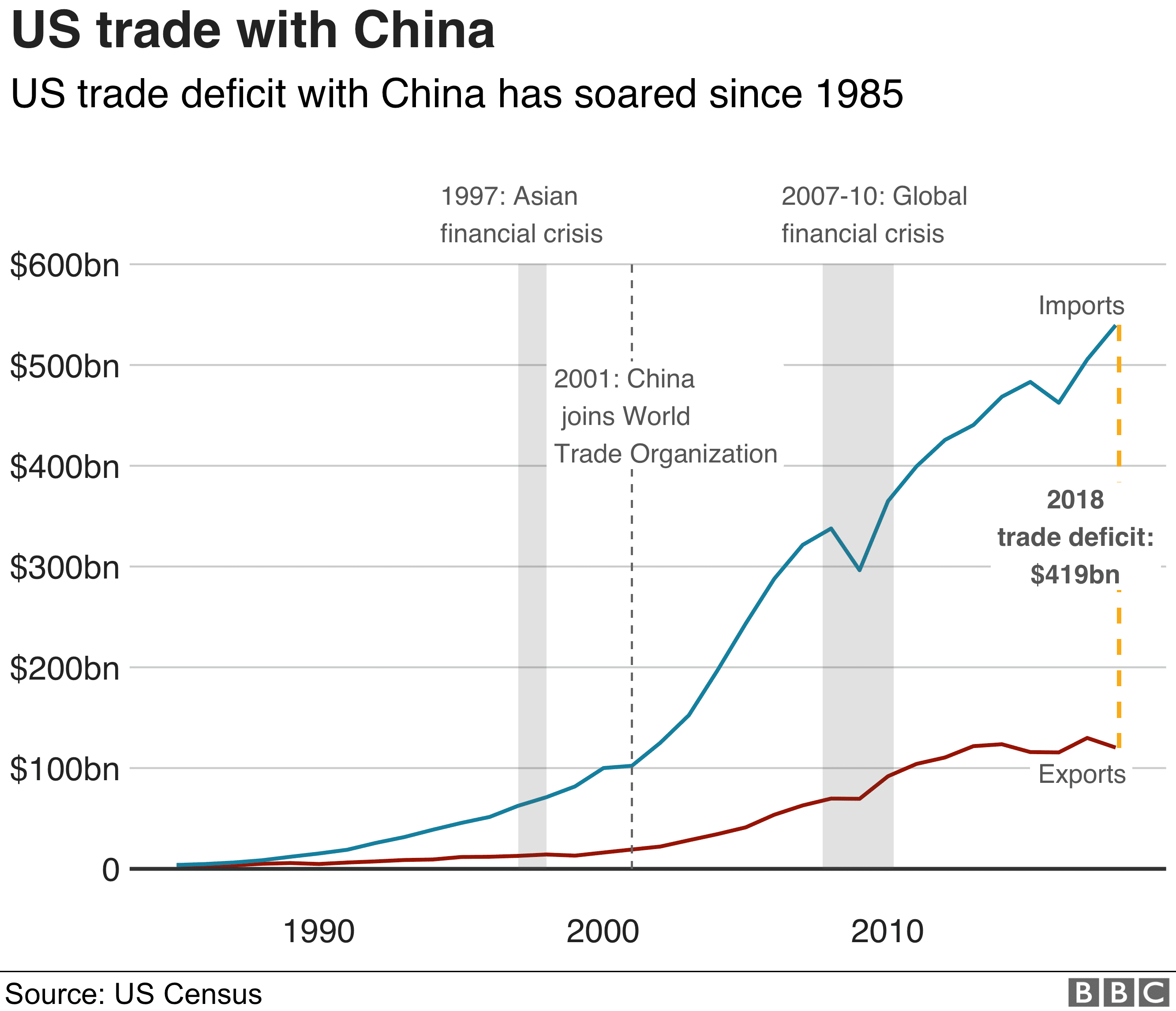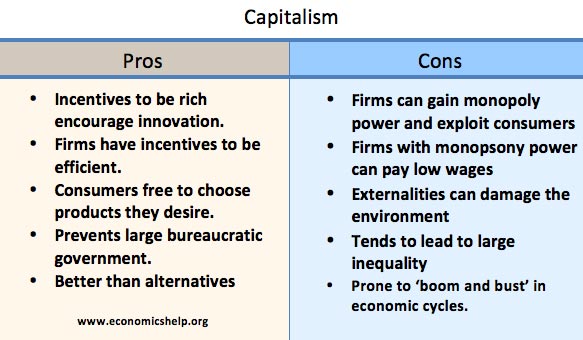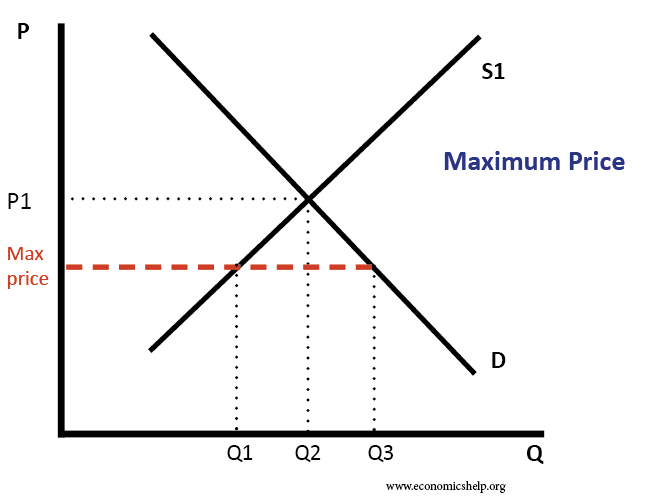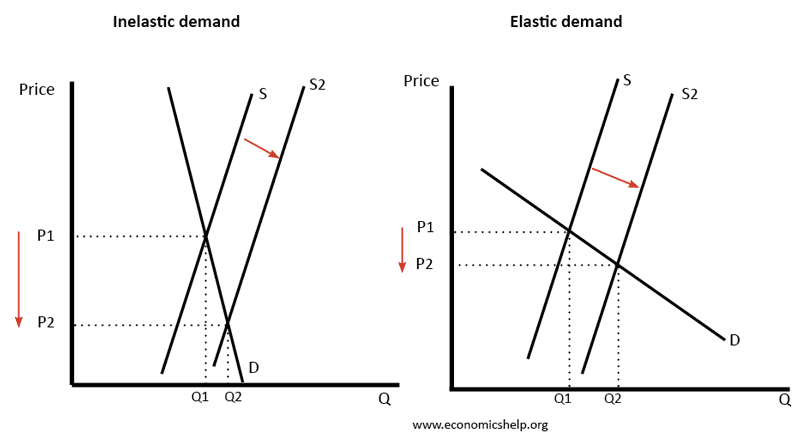Role and Function of Price in Economy
Readers Question: What is the role and function of price in the economy? The price of goods plays a crucial role in determining an efficient distribution of resources in a market system. Price acts as a signal for shortages and surpluses which help firms and consumers respond to changing market conditions. If a good is …

